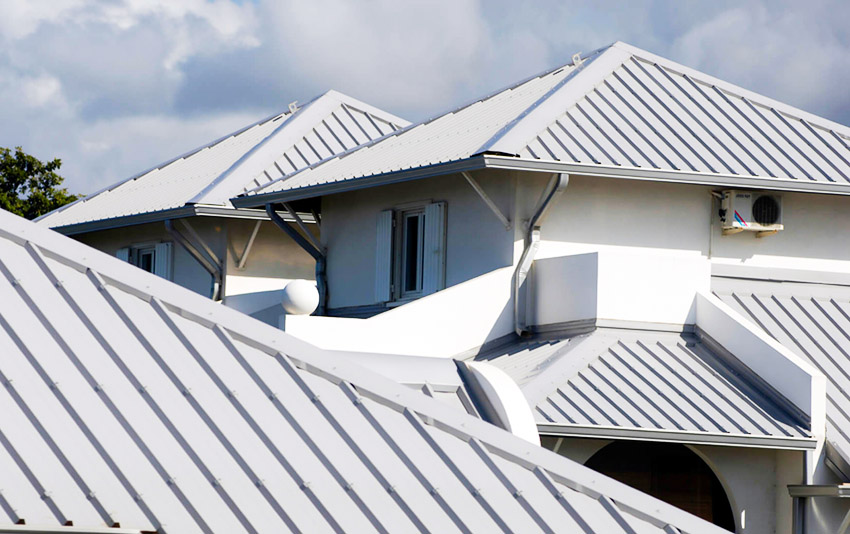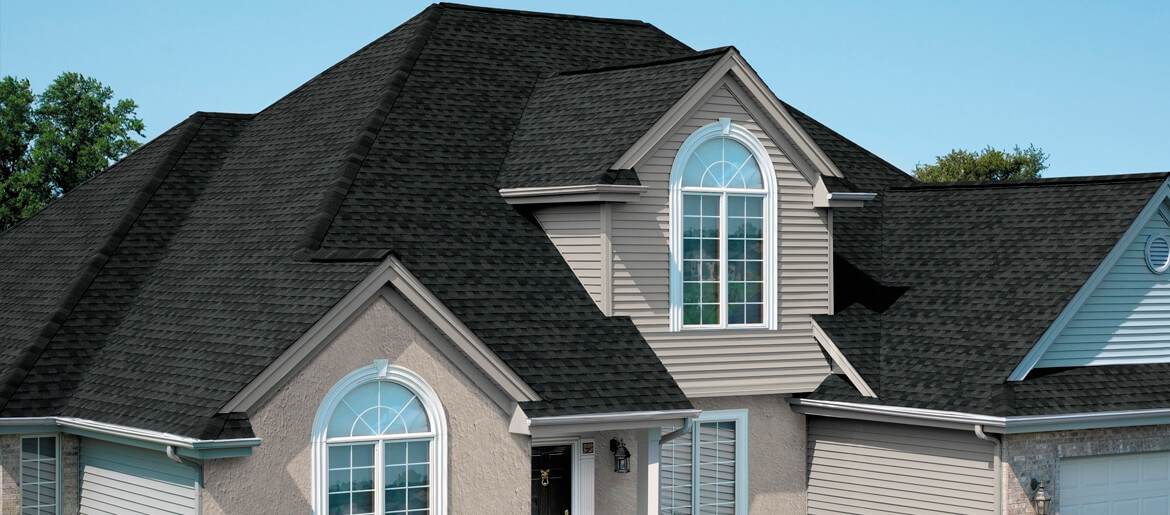Ice damming is a common issue faced by many homeowners. It can be an expensive and dangerous problem to repair, as it often requires the removal of large amounts of ice or snow from the roof.
This article will discuss how to spot and prevent ice dams on a residential roof in order to minimize damage caused by this phenomenon.
Ice dams occur when melting snow refreezes at the edge of a roof causing a buildup that prevents further drainage of moisture off the roof surface. If left unchecked, they can cause water leakage into roofs and walls, leading to costly property damage.
Knowing how to identify early signs of ice dam formation and taking appropriate preventive measures are essential for preventing such occurrence.
The following sections outline methods for spotting and preventing ice dams on a residential roof.
1. Understanding Ice Dam Formation
Ice dams form when melting snow from the roof runs down and refreezes at the gutter line. They are a serious problem for residential properties, because they can cause damage to both the structure of the home and its contents.
It is important to understand how ice dams form in order to prevent them. Ice dam formation occurs when warm air escapes through inadequate insulation or thermal bridging within a home’s attic space, creating an area that does not reach freezing temperatures during wintertime. This allows snow on the roof surface to melt and run towards the eaves where it freezes again due to lack of warmth.
Winterization techniques such as sealant caulk around exterior doors and windows, weather stripping around entrances, proper ventilation, and properly insulating attics can help reduce heat loss from a residence and thus minimize ice dam formation. Properly maintaining these areas will also save homeowners money by reducing energy costs associated with heating their homes.
Prevention is key in avoiding costly repairs caused by ice dams; understanding how these formations occur is essential for successful prevention methods.
2. Identifying Early Signs Of Ice Damming
Ice damming is a common problem in residential roofing, as it can cause water damage and structural issues. To spot early signs of ice damming, preventative maintenance should be regularly performed on the roof.
This includes inspecting the attic for any air leaks or weak spots that may lead to moisture seepage from outside sources. It is also important to check around windows and doors for any damp proofing failures that could contribute to condensation buildup within the home’s walls.
Additionally, checking the seals between shingle layers should be done annually to ensure proper insulation levels are maintained throughout winter months. If any gaps are found, they should immediately be filled with an appropriate sealant to avoid potential cold air infiltration from outside temperatures which can quickly freeze snow and form ice dams on the surface of your roof.
Taking these steps will help identify risk areas before significant damage occurs to your residence.
3. Controlling Heat Loss From The Attic
Early signs of ice damming can be identified by looking for icicles, water stains and rot on the roof or walls.
Taking steps to prevent future damage involves controlling heat loss from the attic. One way to do this is by improving ventilation in the attic. This may include making sure that there are no obstructions blocking the flow of air into the space.
Additionally, installing insulation between rafters and joists will help keep warm air inside while allowing cold air to escape through vents located at either end of the attic.
By creating a balance between air intake and exhaust, it is possible to maintain an ambient temperature within the attic that prevents snow from melting off the roof too quickly during winter months.
Insulating areas such as windows and doors will also help reduce energy costs associated with heating and cooling throughout different times of year.
In addition, sealing any cracks around pipes or ducts will further improve energy efficiency in residential buildings where ice dams are prevalent.
4. Insulating The Roof
Insulating a roof is an important step towards preventing ice dams. Proper insulation will help to maintain the indoor temperature and reduce heat transfer between the interior of your home and the roof.
Investing in insulation will also make it easier for air to circulate, reducing the chances of condensation on cold surfaces that can contribute to snow melting and water runoff.
It’s also important to ensure proper ventilation when insulating a residential roof. Without adequate ventilation, warm air from inside may escape through gaps or leaks into the attic space and cause meltwater from existing snow higher up on the roof surface to refreeze at lower points along the eaves.
Installing vents near peaks or soffits helps improve airflow throughout your attic space, ultimately improving indoor comfort while helping prevent ice dam formation during winter months.
5. Installing An Ice And Water Shield
Installing an ice and water shield on a residential roof can be a crucial step in protecting it from the damage caused by ice dams. The installation of such a system requires several steps that must all be taken into account, including proper ventilation and effective drainage.
Proper ventilation is essential for preventing ice dams due to the fact that air circulation helps keep attic temperatures near ambient levels, thus reducing the chances of snow melting off the roof and refreezing along its edge.
On top of this, adequate insulation should also be placed at eaves level to help control heat transfer between interior walls and outdoors. Additionally, installing a continuous membrane across the entire roof deck prevents any leaks from occurring during periods of heavy rainfall or when snow melts off the roof quickly.
Effective drainage is another key component of avoiding potential problems with ice dams forming on residential roofs. Installing gutters around the perimeter of the roof ensures that melted snow is diverted away from building structures rather than left to pool up against them.
Furthermore, downspouts can also be installed in order to direct runoff further away from buildings which will help prevent water seepage through basement walls or other areas where moisture could cause structural damage over time.
Taking these measures will greatly reduce your risk for developing issues related to ice dam formation on your home’s exterior surfaces.
6. Making Sure Gutters Are Clear
Installing an ice and water shield is a great way to protect against the damage that can be caused by ice dams. However, it is only one part of defending your home from these potentially dangerous issues.
Making sure gutters are clear is also essential in preventing ice dam formation on residential roofs. Gutters become clogged with debris over time, which can cause rainwater to back up along the roofline leading to icy buildup around eaves and valleys.
Installing screens in the gutter system helps keep out leaves, branches and other materials that collect there. Additionally, directing downspouts away from the house will ensure that melting snow or ice has somewhere else to go rather than flowing back into areas where it could refreeze on contact with colder surfaces like shingles or metal flashing.
It’s worth doing whatever you can do reduce potential sources of blockage so that waters flow freely off the roof during winter storms. By following simple steps like installing screens and redirecting downspouts, homeowners can help avoid serious structural problems caused by freezing precipitation.
7. Taking Adequate Snow Removal Measures
Snow removal is a critical step in preventing ice dams from forming on residential roofs. Homeowners should ensure that their roofing system can handle the weight of accumulated snow and that the slope of the roof is suitable for shedding water. Upgrading shingles to ones with higher resistance to moisture will help reduce condensation, while avoiding valleys when installing gutters ensures proper drainage.
In order to maintain an effective snow-removal program, homeowners must have access to both a heavy duty shovel as well as specialized tools such as rakes or ice picks.
It’s also important to note that removing too much snow at once may cause damage, so it’s best practice to take incremental steps rather than attempt large scale clearance all at once.
Additionally, removing any icicles created by melting snow should be done carefully with consideration given to avoid damaging your roof. Taking these precautionary measures can go a long way towards protecting against potentially costly repairs due to an improperly managed roof.
Conclusion
The presence of ice dams on residential roofs can cause significant damage to the home. In order to prevent such an issue, homeowners must take steps to reduce heat loss from the attic, insulate their roof, install an ice and water shield, clear out gutters regularly, and make sure to keep up with snow removal measures.
Taking these simple precautions will help ensure that homes remain safe from damaging ice dam formation. Additionally, by understanding common signs associated with early stages of this phenomenon, individuals are better equipped to catch it before extensive damage occurs.
With proper knowledge and maintenance strategies in place, one may be able to avoid costly repairs caused by ice damming.



